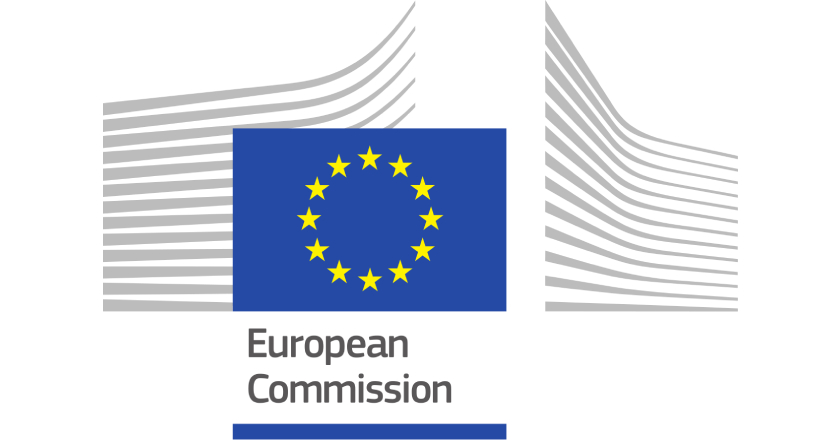By 2030, the average European milk price will rise to about 38c, but costs will also increase. Nevertheless, the European dairy industry will remain competitive on the world market. This is according to a report by the European Commission, which outlines the prospects until 2030.
In particular, the outlook for milk protein is described as favourable. In an earlier outlook, the Commission had already expressed optimism about the market prospects for cheese. This is still the case, but the picture for milk proteins in general is also positive. The utilisation of whey will also bring additional returns, according to the forecast. The relative value of milk protein compared to milk fat will improve from the current ratio of 0.5 to 0.8 by 2030, according to the report.
Several developing countries will be able to meet more of their own dairy needs by 2030. The big competitor, New Zealand, will have a slightly harder time. There, the production and export of milk could even fall slightly. The United States, on the other hand, is becoming an increasingly strong competitor for Europe, but lags behind in value-added products.
A stronger development away from “traditional dairy farming” is expected for the EU. The organic sector will become stronger, towards 10% of total production, but other production methods, such as GMO-free dairy farming, will also gain in importance.



